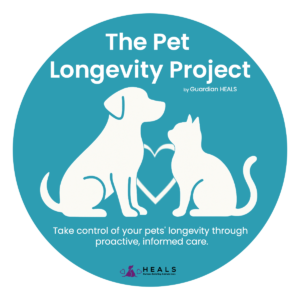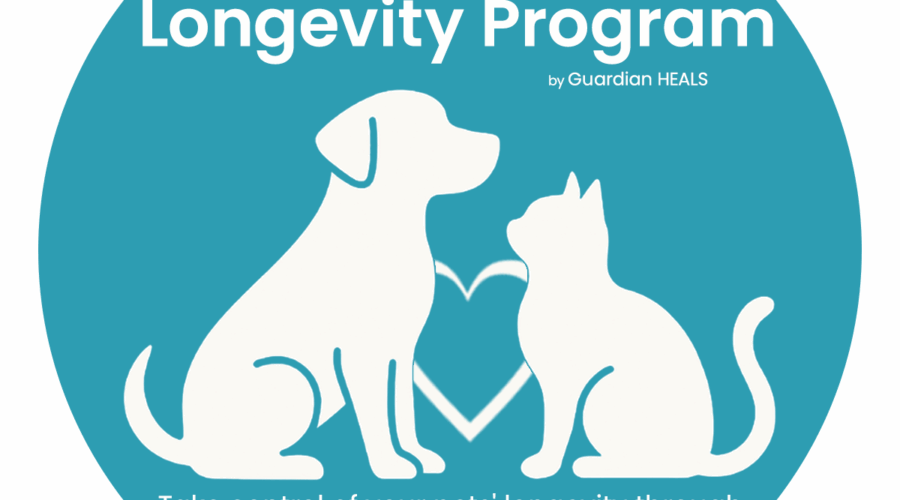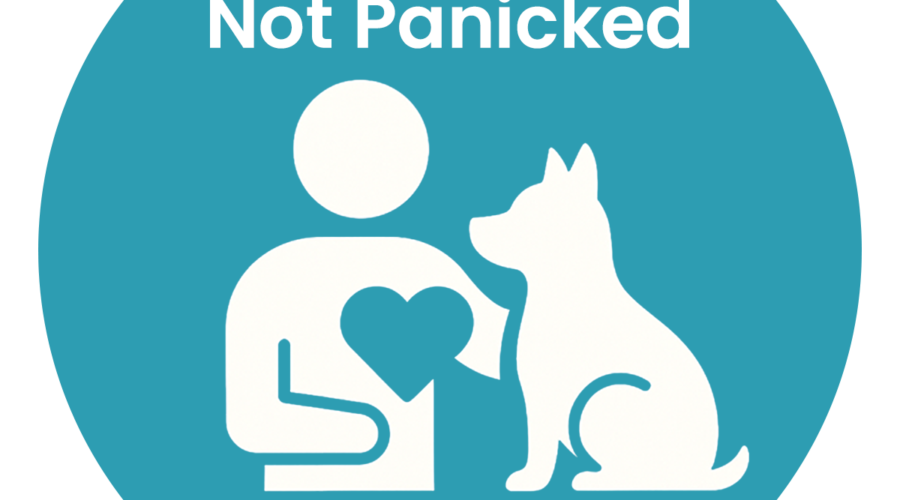A More Detailed Look at What Every Owner Needs to Know
When minutes matter, knowledge can save lives.
As a loving pet guardian, you probably know your pet’s behaviors better than anyone. But would you recognize the signs of a true emergency? Many symptoms can appear subtle at first, yet they may point to something serious. Here’s a breakdown of some of the most common signs of emergency—and what they might mean.

THE OBVIOUS:
1. Fractured Bones, Open Wounds, or Severe Bleeding
Obvious injuries like broken limbs, visible wounds, or continuous bleeding are critical. Apply pressure to control bleeding and head to an emergency vet immediately. These injuries can result from accidents, falls, or animal fights and require immediate medical attention to avoid infection, blood loss, or long-term damage.
2. Seizures
A seizure may look like sudden shaking, collapse, or twitching, often accompanied by drooling or loss of consciousness. While some pets may recover quickly, repeated seizures or seizures lasting longer than a few minutes are urgent. They can be caused by toxins, epilepsy, or underlying neurological issues.
3. Vomiting or Diarrhea (Especially if Prolonged or Bloody)
One isolated episode isn’t always an emergency—but repeated vomiting or diarrhea, especially with blood, can indicate poisoning, infection, or organ failure. Dehydration can set in quickly, so don’t wait too long to seek care.
4. High Fever
Fever is a sign of infection or inflammation. You may notice lethargy, warm ears or nose, or your pet shivering. A temperature above 103°F (dogs) or 102.5°F (cats) is cause for concern. Contact your vet, especially if the fever is paired with other symptoms.
A BIT MORE SUBTLE:
5. Lethargy or Weakness
Is your normally playful pup refusing to get up? Is your cat hiding and barely responding? Lethargy can be a sign of anything from mild pain to serious illness like internal bleeding, anemia, or poisoning. If your pet is unusually still or won’t eat/drink, take it seriously.
6. Loss of Appetite or Dehydration
A missed meal isn’t unusual—but more than 24 hours without eating, or signs of dehydration (like sunken eyes, dry gums, or skin that doesn’t snap back when pinched) should be checked out. These can signal digestive issues, dental pain, or chronic illness.
7. Sudden Behavioral Changes
A once-cuddly cat suddenly hiding? A normally calm dog growling or snapping? These shifts often reflect pain, disorientation, or illness. Don’t ignore them—they may be your pet’s way of asking for help.
8. Difficulty Urinating or Defecating
Straining, whining while trying to go, or producing no output at all could mean a blockage or urinary tract infection—both of which can become life-threatening if not treated quickly. Male cats are especially prone to dangerous urinary blockages.
9. Bloat (Especially in Dogs)
Bloat is a rapid-onset emergency most common in large breed dogs. Signs include a swollen, hard belly, restlessness, drooling, pale gums, or attempts to vomit without success. Immediate vet attention is critical—bloat can be fatal within hours.
10. Pale Gums, Rapid Heart Rate, Trouble Breathing
Pale or blue gums, labored breathing, or a racing heart are signs of shock or respiratory distress. These symptoms are not ones to “wait and see.” They can indicate internal bleeding, heart failure, or an allergic reaction.
Preparedness Saves Lives
Emergencies don’t wait—and when they happen, being ready can make all the difference. Familiarize yourself with these symptoms, save your vet’s emergency number in your phone, and keep a pet first-aid kit handy. The more prepared you are, the better your chance of helping your furry friend through the unexpected.

Please Remember — The content provided through The Pet Longevity Project is for educational and informational purposes only. It is not a substitute for professional veterinary advice, diagnosis, or treatment. Always consult with your veterinarian, especially in the case of illness or emergencies.
















Recent Comments